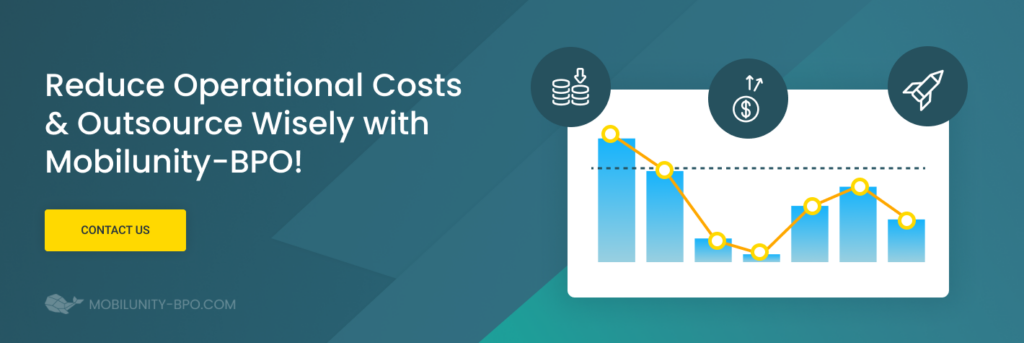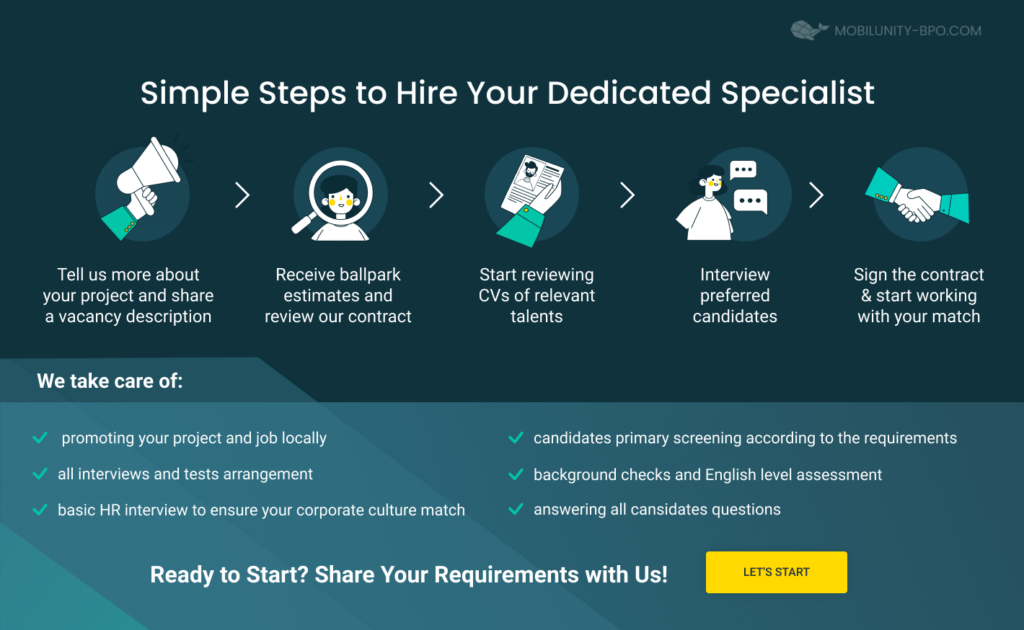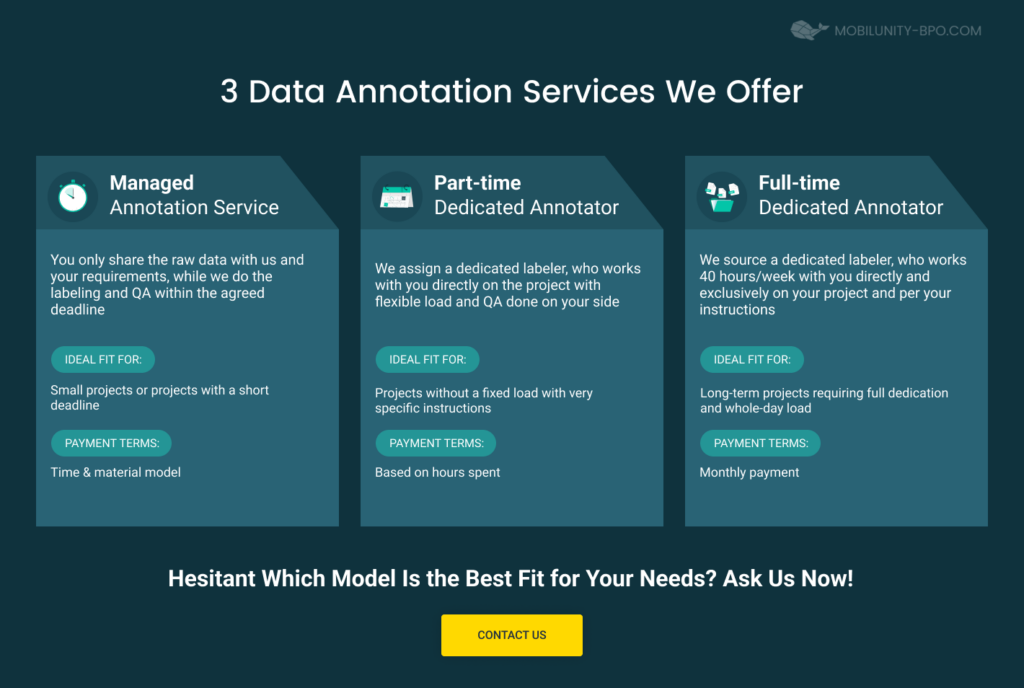Video and Image Tagging for AI, ML, and NLP
To put it simply, ML data tagging has something to do with teaching a machine to properly react to all the data it is fed with. Yet, when it comes to the actual content tagging machine learning process, the simplicity somehow vanishes and the help of a highly-qualified specialist is highly-coveted to ensure AI image tagging, AI video tagging, and NLP tagging are done as accurately as possible.
Accuracy is the key. Positive interaction experience between the client and the business (its AI aspect of guaranteeing smooth online service) is something that boosts sales. This is easy math. Providing precise machine learning tagging that will generate correct responses is a bit harder math, but still possible to tackle if approached with responsibility and a serious approach to finding experts to solve the problem.
Let’s dive deeper into the peculiarities of the process and how to assure its profitable quality.
ML Data Tagging and the Importance of Correct ML Labeling
Machine learning data tagging is defined as a process of recognizing and labeling data pieces so that they become a base for ML models.
Data labeling utilizes the information that is represented in various formats such as pictures, videos, audio, and texts that are tagged with a certain technique that trains a machine to recognize a certain unit of data making it comprehensive for machines. This way the machines learn to respond and form predictions for various requests.
Machine learning data tagging trains AI to grasp what the tagged data is about and afterward shape the appropriate knowledge implementation in the actual-time scenarios. It simply means that when the system sees, reads through, or listens to something it gets that input data accurately and produces the output response that corresponds to the input one completely.
Just to feed raw data to an ML model and anticipate it to produce expected reactions might be a pure waste of time and precious resources. Data labeling serves as a data preprocessing entitling the previously mentioned raw data with some sense of identification and further tagging of it pointing out to categories that ML models pick and learn for forming predictions.
Meaningful datasets, whether we talk about NLP data tagging, or OCR tagging, define how well the system will build the business-client communication (computer-based), therefore it is crucial to establish the quality and the quantity of these units for top-notch efficiency.
Let’s first have a look at the quantity part. Without further ado, datasets must be abundant in their quantity to guarantee the system to cope with all the variables that the input data represents. One and the same gist comes in so many representations, and if the system has voluminous data to operate it will be able to produce much more trustworthy outcomes.
Moving to the quality spectrum, it is essential to remember that artificial intelligence models do not only comprehend and learn the data in isolation, it learns it in terms of relationships and patterns that this data form. This is where the essence of quality stems from. Operating large datasets that are poor in quality will make the machine “get the wrong impression”, producing totally incoherent conclusions, predictions, and reactions. Such mistraining on the bad data will result in delivering poor customer experiences and a drop in revenues, and growth in general.
However, what affects this quality? What challenges do data labelers face that can compromise the integrity of their tagging? Get a closer look at one of the many challenges in ensuring data quality. This video delves into how distractions can influence a Data Labeler’s efficiency and accuracy, and the strategies service providers employ to mitigate these challenges.
Taking care of the data quality will guarantee no misconfusion, which is why relying on the free and widely available datasets may not be a good idea in regards to a high-quality personalized (suiting the exact business AI needs) data tagging infrastructure development.
The Importance of Data Tagging for Various Industries
So far, the article has been referring to the concepts of machine learning, ML labeling, natural language processing, and, of course, artificial intelligence. How clear is our understanding of what each concept stands for? They are quite compatible, with some slight hints that differentiate them.
First of all, NLP (Natural Language Processing) and ML are parts of AI (Artificial Intelligence). Artificial Intelligence is sort of a collective term for all the machines that can somehow replicate human behavior and intelligence by studying from samples and finding solutions to problems.
Natural language processing is the process of training machines into understanding and interpreting the language of people. With the help of nlp annotation services machines get to be able to grasp spoken or written information, and, depending on the functionality required, perform correspondent actions (keywords defining, translation, topic categorization, etc).
To achieve the automation of the mentioned processes that will assure accurate reactions machine learning will be the process to turn to. Accurate algorithms based on good data will teach machines to study automatically and upgrade along the line.
All these concepts guarantee smooth automation for business-client online interactions in full human-like mode. The more accurate the data labeling is the more comprehensive and unique experience is achieved.
Let’s have a look at the businesses that benefit the most from AI:
- Robotics – 3D object recognition is possible with data labeling for the prevention of confusion among the 3D and dynamic objects.
- Self-autonomous vehicles – accurately labeled data allows the computer to detect all the road traffic participants and signs.
- Health and Wellness – data labeling in the health care department ensures appropriate connections between genetic codes, enhances robots for surgeries and provides general optimization for the medical processes.
- Retail – improved shopping experiences and more automation to the routine retail processes.
- Agriculture – AI algorithms real-time data provides real-time insights for the improvement and enhanced productivity in the fields.
Now let’s see what other data tagging makes it possible to help businesses to maximize except for text tagging machine learning. Here it is essential to mention image tagging machine learning and video annotation.
Image tagging deep learning is represented through the following types:
- Classification – image tagging is directed at the training of the machines to recognize objects in untagged images that are compared to the already tagged and learned ones.
- Object recognition – the annotation process that trains machines to recognize several objects on the image.
- Semantic segmentation – annotation to teach machines to grasp the connections and peculiarities of the objects on the image (presence, shape, size, location, etc.)
- Limits detection – an AI image tagger works on accurate algorithms to teach a machine to recognize boundaries and lines.
Video annotation can be of the following types:
- 2D and 3D bounding boxes – boxes are used for objects recognition
- Lines and splines – a type of annotation that is beneficial for self-autonomous driving, since the annotators tag the lines to show the location picture letting AI recognize it.
- Landmarks – dots generation to create the frame of items providing the possibility to recognize the tiniest details.
- Polygons – annotation that is used to enhance 2D and 3D bounding boxes
- Rapid annotation – annotation that deals with huge video bulks based on specific parameters.
Benefits of Using Manually Tagged Data vs Tagging AIs
Automated data tagging brings more cohesion to the process due to tags being strictly controlled by the system avoiding any potential divergence for all involved in the process. Manual data tagging causes the team members to get access to the data at different times and ways. The categorization format may vary because the annotation experts take different categories to base on (one goes for performance, another one goes for the date, etc.).
Manual tag spelling might also contribute to harming the quality of the data being classified. Automation prevents human-prone mistakes, based on the exact guidelines, decreasing the chances of errors. Given that when there is a certain strict algorithm to follow computers tend to process faster, and manual tagging will align with the human processing potential.
Benefits of Outsourcing Data Tagging to a Specialized Provider
Whether we talk about text, video, audio, or image tagging services, it is crucial to make sure that a proven and highly qualified expert, or a team of specialists will do the job. Data tagging is quite an intricate process and requires expertise. Sometimes it is not possible to expand the existing staff department due to financial, spatial, or local experts shortage reasons. Hiring remote experts might be of great help. Yet it requires time, research, and money to conquer the candidates hunting and find the right one with full devotion potential. In the following circumstances, it is reasonable to outsource the tasks to a reliable provider, who will assign a dedicated team of specialists to assure data tagging that will utterly align with the particular business requirements.
Mobilunity-BPO Is a Reliable Provider of Data Tagging Services
Thinking about a reliable provider to outsource data tagging services, the business might consider a Ukrainian company – Mobilunity-BPO. Given 10+ years of excellent international experience, Mobilunity-BPO has been supporting businesses in so many ways (helpdesk support, telemarketing, SMM, online research, SEO outsourcing, recruiting and HR, etc.).
One of the most prominent vectors of excellent service delivery will be providing deeply-experienced data annotation services for AI and ML inclusively. Mobilunity makes sure the clients get to cooperate with devoted, top-talent data labelers for long-lasting projects, or to fulfill managed services options for short-term project matters (a team of labelers works on the project concurrently).
A rich talent pool filled with professionals with sharp skills and the latest trends to follow offers excellent expertise and transforms the clients’ requirements into outstanding outcomes.
Conclusion
Data tagging is crucial for businesses to expand and achieve a solid competitive edge within the niche. Accuracy is the key when it comes to teaching machines to be humanly responsive to the clients’ issues. To assure that accuracy talented labelers are needed. To save time, money, and energy for core business aspects, it is quite recommended to go along with a dedicated outsourcing provider.



